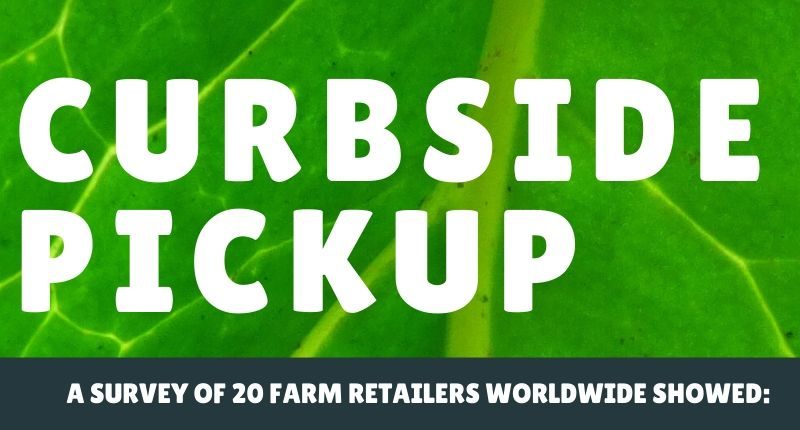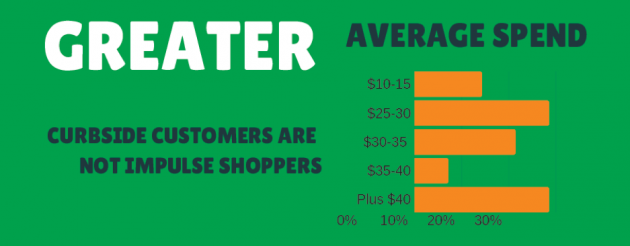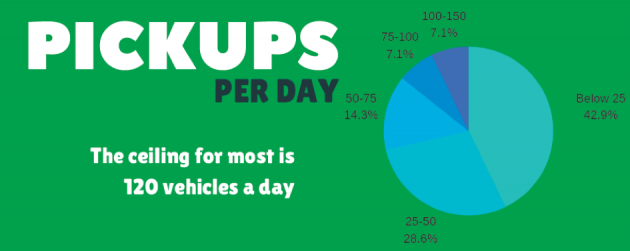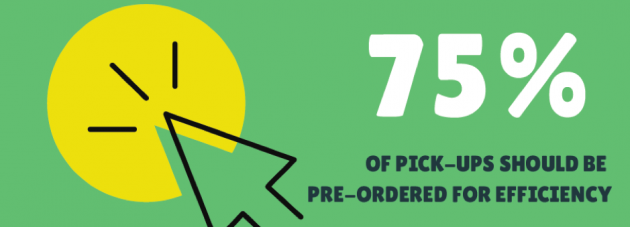
Features
Management
Research
Retail
Trends
Curbside sales show greater spend, 11-minute wait time per visit
May 15, 2020 By John Stanley

Cash and go, curbside pick-up, grab and go, click and collect, personal shopping – these are all terms that most of us were unfamiliar with two months ago; they are now part of our business vocabulary in the farm retail sector.
While they may represent different services, they are all ways for the customer to buy product from us without entering the store. In most cases they do not even leave their car.
But, how are we performing in this new style of retailing? A question that has been asked of me a number of times during the last month. The terms and techniques are as new to me as they are to you. In April, I carried out a Survey Monkey of farm retailers in the UK, USA and Canada and can share some results, which I hope will be of value in starting to benchmarking your own organisation.
The survey was completed by 20 fruit and vegetable retailers during the week of 20-26 April 2020 when they were asked to answer five questions. The goal was to help further drive the conversation and get us all asking the next set of questions.
- Average sale per curbside customer

This confirms the overall view that curbside consumers are not impulse shopping and are on average doubling their spend using this type of service .
- How many pick-ups per day on average?

The general feeling in the discussions I am having is that the ceiling for most farmers markets is handling 120 vehicles a day. Tulleys in the UK has on average 250-300 a day and a maximum of 400. They use four checkout lanes to achieve this.
- How many team members are dedicated to managing curbside?

Curbside takes more labour per sale, especially in getting products together. My data indicates that you need, on average, a team of three for an efficiently run operation. The labour as a percentage of sales will be higher than store based retailing. Keep a close eye on labour as a percentage of sales.
4. What percentage of curbside orders are pre-ordered before the consumer arrives at the farm?

My clients have been saying at least 75% of orders need to be pre-ordered to become efficient. Some operators are managing to get 100% pre-ordered.
- What is the average wait time for a consumer?

The longest recorded time is at Tulleys in the UK, where the average wait is 15-20 minutes.
25 minutes at a supermarket is not unusual. This is a great selling point for farmers market if we can promote an 11 minute average wait time.
John Stanley is a retail business coach, consultant, speaker and author. His expertise is in customer-focused layout, merchandising, marketing and branding, and customer-focused selling and service. Visit his website at johnstanley.com.au.
Print this page